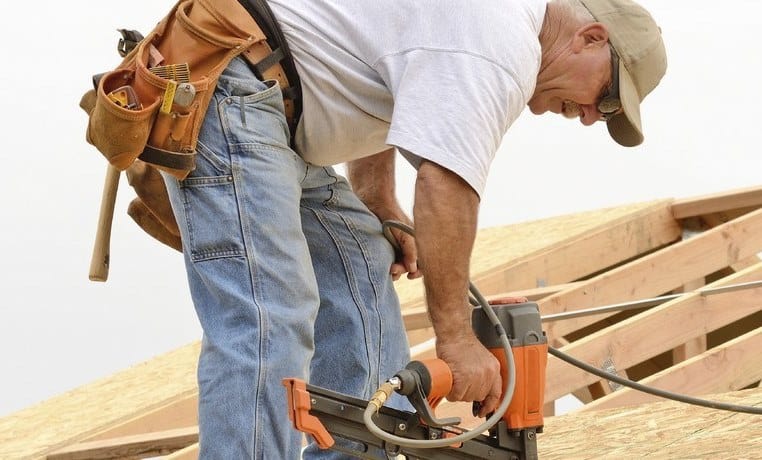Roof Warranty – Information on The Two Basic Coverage Types
6/30/2016
Roof warranty Coverage for Your New Roof
When you are facing a project as important as a roofing job, you need to do some homework first to be sure that your new roof will be covered by a warranty if problems arise. There are two basic warranties involved. First is the manufacturer roof warranty, which gives coverage for the roofing materials in the case of a manufacturing defect. Then there’s the separate workmanship warranty, which covers the installation work done by the roofing contractor.
Manufacturer Roof Warranty
If your materials are found to be defective within the coverage period of its warranty, a manufacturer will pay to have the roofing repaired, replaced, or cleaned according to the language of the product warranty. If you qualify for a repair or replacement roof, be aware that there are variations in how the manufacturer calculates its contribution to the repair project, its timetable to make the modifications, and limitations to how much it will cover in total.
There are, however, some things that a manufacturer roof warranty will not cover, such as vandalism, products not installed per manufacturer’s instructions, or damage caused by structural changes to a home.
Finally, there are other factors and conditions which have separate manufacturer warranties. These important details should be explored when choosing a roofing product as they differ depending on the manufacturer and product in question. Some examples are:
- Impact resistance – some roofing products come with impact resistance warranties. You want to consider these products for your roof if you live in an area prone to hailstorms.
- High winds – most products come with a wind warranty, typically covering winds and gusts up to 110 MPH.
Workmanship Roof Warranty
On the labor side, things can be more varied because different installers offer different warranties. Many contractors provide workmanship warranties for one to five years but check carefully to see what is covered. For example – a roofing contractor may not cover repairs to their work if another contractor has worked on the same roof in the years since the original installation was completed.
Be up-front when asking about the warranty coverage for the installation, and get a copy in writing for your records. Some contractors may not have a written warranty – that’s a red flag, so you may have to cross them off your list! Personal referrals, website information, and certifications can help steer you toward the most competent contractors.
Your top option is to choose a contractor who has been “credentialed” by the roofing manufacturer.
Through the manufacturer CertainTeed, for example, contractors can earn the education-based ShingleMaster™ or SELECT ShingleMaster™ credential status. This status is a testament to their knowledge of CertainTeed’s products and how to properly install them, and also grants the contractor the ability to offer extended SureStart™ warranties. The best part about this type of extended warranty is that CertainTeed backs both its products AND for Select ShingleMasters, the credentialed installers work, so you don’t have to analyze different warranties to figure out who covers what if anything goes awry. Under these arrangements, however, you may still incur costs not included by an extended warranty, such as disposal expenses, but at least your repairs and roofing materials will be covered!
Learn more about CertainTeed roof warranties >
Interpreting how a roof warranty protects your investment requires time and patience, but the payoff is well worth it. Be sure to ask questions (not only of the contractor – but the manufacture’s customer service/warranty departments too), compare options for coverage and make certain to understand the benefits that a credentialed installer has to offer. Those are your best bets for ensuring a positive outcome and worry-free roof for years to come.

Photo provided by CertainTeed Roofing
